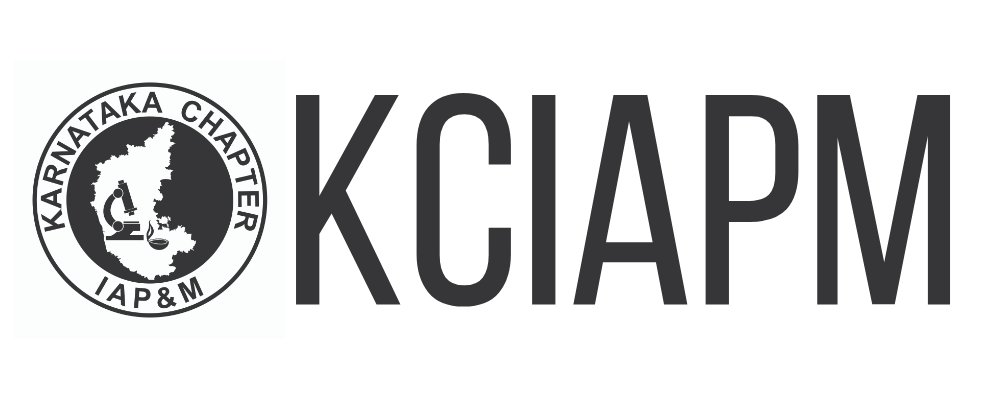So I start with a quote… “Under the pathologists’ microscope, life and death fight in an illuminated circle in a sort of cellular bullfight. The pathologists’ job is to find the bull among the matador cells – Yann Martel”. I too fall under the majority group of proud pathologists who like many was not very keen on clinical subjects and took up a diagnostician’s job.
During my residency days, I was trained to be a pathologist as well as a diagnostician who gives a diagnosis based on the pathological samples received in the department. Many of the residents, I think would be trained/have been trained in a similar way. The problem started the day when I started to practice independently. This is the time, you realize that our job as a pathologist does not stop at that. It needs to be extended to the level of end patient care.
I recall one of such an experience, which made me realize that we cannot be detached totally from patient care even though our job stops with making the primary diagnosis. This patient was a 45 year old lady, who came to our department for a fine needle aspiration cytology of a breast lump she felt just a couple of weeks before her hospital visit. When I did the procedure, she was very relaxed and there was no hesitation for doing the test. She was an illiterate from a low socioeconomic background. When I asked her if she was apprehensive for undergoing multiple tests for that lump, she replied in the negative and said that “all for good”. For a minute, I was taken aback by her answer and as days passed by I forgot about the patient after releasing her cytology report as positive for breast cancer.
After a few weeks, I saw the same lady waiting in the corridor of our laboratory. I enquired about her health and she replied that she underwent surgery for the lump and came for her special studies report. I took a glance on her biopsy and FNA reports, which was repeated elsewhere, and was diagnosed to have breast cancer. This time she was referred for her hormonal status. Her biopsy was processed routinely, and we gave the report as positive for hormonal receptors.
When she came back a few days later, for collecting her hormonal status report, she asked me if its positive. I was a bit skeptical on revealing the report to her considering her educational status and her comprehensibility. Hence, I told her its positive and asked her to take further guidance from her treating clinician. The moment I said that its positive, her face lit up for a split second and she said with a smiling face “Doctor, I told you on that day of injection (FNA) that all for good. Now see everything is positive (breast cancer and hormonal status)”. A positive hormonal status is a very good news for the lady, since she can be given treatment with anti-hormonal drugs.
I could not stop thinking about what the patient said. I pondered about how we made a difference in first the diagnosis and second with the detection of hormonal status (As young pathologists and trainee pathologists may not be aware why reporting hormonal status which is a routine is mentioned here, I would like to clarify that Immunohistochemistry as a technique has its own pitfalls which includes poor staining. In this case of reporting hormone status, even a 1% staining in breast tumor cells makes a huge difference in management). Even a tiny little thing, i.e. interpretation of ER/PR status can have a great impact in the lives of patients. That is the day, I realized that pathologists need to visualize the final patient care given and report and act meticulously. Tailormade medicine is not feasible in clinical and pharmaceutical practice alone, but possible in pathology too.
Here again, I end with a quote of the famous neuropathologist, James Ironside “It is very important that we pathologists remember that diagnosis is not made in a vacuum, or its not something that exists only between you and the clinician. There is much wider impact, not just for the patient, but for the entire family”. How true!! I end saying that we pathologists are more than just pathologists. Lets’ take the responsibility and the proud tag of a true diagnostician.

Recent Comments